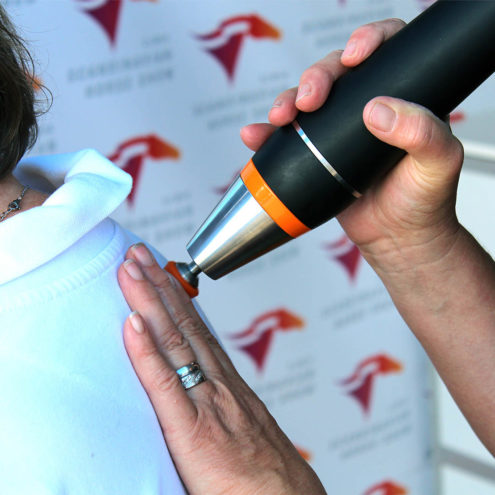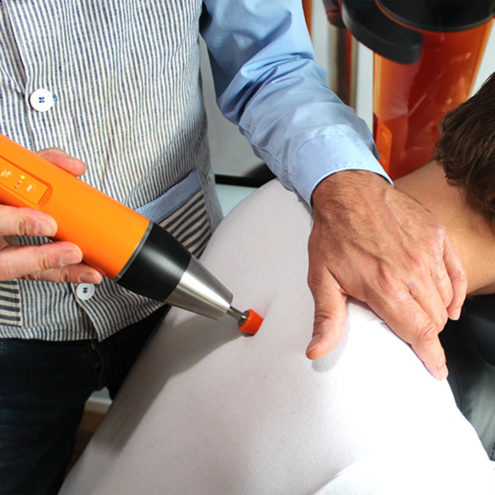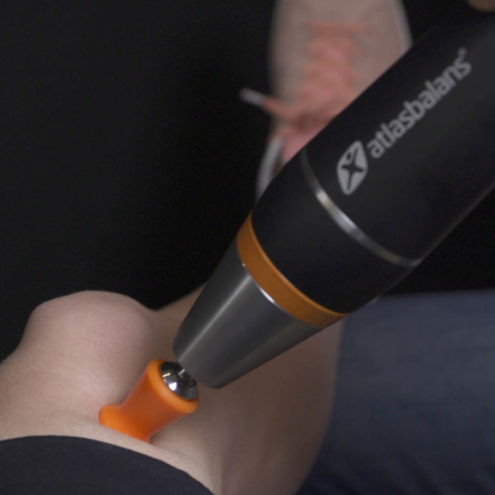Pain in the back of the head : A comprehensive guide

Pain in the back of the head can have many causes. This type of pain is very common and can occur in anyone, from children to the elderly, and can be temporary or chronic. Back pain is usually not dangerous, although it can be intense and have a major impact on your daily life. This comprehensive guide aims to provide a deeper understanding of what back pain is, its common causes, symptoms, and treatment and prevention methods.
What is pain in the back of the head?
Pain in the back of the head can range from mild to severe and can be caused by a variety of factors. It can occur unexpectedly or gradually and can be a symptom of several different conditions.
Common causes
The most common causes of pain in the back of the head are:
Muscle tension: Tight muscles are the most common cause of back pain. Muscle tension can occur for a number of reasons but the most common are stress, poor posture, or long periods of sitting or standing.
Stress: Psychological stress can lead to physical reactions, including tension in the neck and head.
Infections: Some types of infections, such as sinusitis or meningitis, can cause pain in the back of the head.
Headaches: Specific types of headaches, such as migraines, tension headaches, cervicogenic headaches and occipital neuralgia, can lead to pain in the back of the head, among other areas.
Medicines: Some types of medicines can trigger headaches. Especially if overused or taken in too high a dose.
Sleep disturbances: When you don’t sleep well, your body produces less painkilling substances.
Why do you get a headache in the back of your head?
Pain in the back of the head can have several triggers. These are often interconnected and can make symptoms worse.
Common causes
Deep dive into specific causes:
Tension headache: Characterized by pressing or shooting pain, often described as a tight band around the head.
Cervicogenic headache: Caused by problems in the cervical part of the spine (neck) and can produce a throbbing pain in the back of the head. The pain is often associated with movements of the neck.
Occipital neuralgia: A stabbing pain that occurs when the occipital nerve, which runs from the spine up through the back of the head, becomes teased or inflamed. Medical conditions such as herniated discs, nerve entrapment or type 1 and 2 diabetes can cause occipital neuralgia.
Migraines: Can sometimes cause pain in the back of the head, although it is more often localized in other parts of the head.
Lifestyle factors
Your daily routine and habits can play a big role in the development of pain in the back of your head:
Poor posture: Prolonged poor posture, especially when using computers and mobile devices, can lead to tension in the neck and back of the head.
Stress: High levels of stress can increase muscle tension and lead to tension headaches.
Physical exertion: Excessive physical exertion, especially if not performed with proper technique, can contribute to muscle tension and pain.
Sleep disturbances: when sleep is reduced, the body does not produce as many painkillers.
Symptoms caused by a sore back of the head
In addition to the pain itself, a sore back of the head can lead to several other symptoms:
Difficulty concentrating: The pain can make it difficult to focus and perform work or school tasks.
Fatigue: Constant pain can lead to exhaustion and decreased energy.
Ringing in the ears: In some cases, pain in the back of the head may be accompanied by tinnitus, a condition where you hear sounds without an external source.
Sensitivity to sound and light: This is particularly common with migraine, but can also occur with other types of headache.
Treatment methods for pain in the back of the head
There are different ways to manage and treat pain in the back of the head:
Professional treatments
Chiropractic treatment: Can be effective in relieving pain caused by problems in the cervical part of the spine, such as muscle tension.
Physiotherapy: Specific exercises can help relieve pain by strengthening the muscles in the neck and improving posture.
Medical acupuncture: Sometimes used to treat different types of headaches, including pain in the back of the head.
Self-treatment and lifestyle changes
Stress management: Techniques such as meditation, deep breathing, mindfulness and yoga can help reduce stress and thus reduce the risk of tension headaches.
Ergonomic adjustments: change your workstation and sitting position to avoid poor posture and muscle tension.
Regular physical activity: Helps reduce tension and improves overall health.
Heat and cold treatments: Using hot or cold compresses can relieve pain, increase circulation in the area and reduce muscle tension.
Prevention
To prevent pain,in the back of the head it is important to:
Have good posture and try to maintain it: Be aware of your posture, especially when sitting or standing for long periods.
Managing stress: Learn techniques to manage stress and avoid overexertion.
Be physically active: Regular exercise can help reduce tension and improve your overall health.
Eating healthily and drinking enough water: A well-balanced diet and adequate hydration can help prevent headaches.
Getting enough sleep: Sleep is crucial for recovery and preventing pain and other health issues.
By following this advice and seeking professional help if necessary, you can effectively manage and prevent back pain. If the pain persists and does not improve with self-care, you should seek professional help. If you experience severe pain associated with fever, motor impairment or loss of sensation, you should seek emergency care.
 Search
Search


































